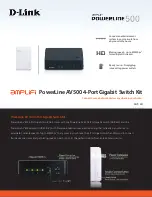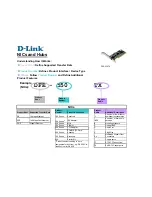
9
Design ambient temperature range “Ta”
Unless differently agreed with the customer, can be:
-2
0°C ≤ Ta ≤ +40°C:
standard temperature range for all type of pumps
5.0 Theory of Operation
The PULSAlarm® leak detection system utilizes a two-layer PTFE diaphragm, coupled
to the PULSAlarm® Leak Detection Switch Assembly by a contained barrier fluid
–
typically silicone oil.
During normal pump operation, the two layers of the PTFE diaphragm bear directly
against one another, and there is no fluid pressure generated between the two layers.
The attached pressure gage reads 0 and the pressure switch does not operate.
In the event of a failure of either layer of the diaphragm, liquid will enter the space
between the two layers. This liquid will be either the hydraulic oil (if the rear layer fails) or
the pumped fluid (if the front layer fails). As the pump operates with a failed diaphragm,
liquid will be pulled into the space between the diaphragm layers. As the pump
continues to operate it will generate a pulsating pressure that will be transferred by the
barrier fluid to the gage and PULSAlarm® pressure switch.
When the fluid pressure is greater than 20 psi (1.37 bar) the switch will operate signaling
a failure. The output of the switch can signal the failure of the diaphragm - both normally
open and normally closed contacts are standard.
It is recommended that the pump be stopped in the event such a leak is detected.
Immediate attention to the problem, followed by cleanup and appropriate maintenance,
will avoid further damage to the pump.
6.0 Setup
– Pump with Leak Detection
Pumps incorporating leak detection are shipped from the factory with the system fully set
up to work at full pump pressure. No further setup is required. The standard factory barrier
fluid is silicone oil. Installed pressure gages will indicate 0 pressure during normal
operation and greater than 1 bar (15 psi) when a failure has occurred. When the
PULSAlarm® switch assembly is provided it must be installed and wired properly to comply
with its hazardous location ratings.
7.0 Setup - Switch Assembly
Conduit connections can carry fluids and vapors into the PULSAlarm®
causing damage and void the warranty. Care should be taken when
installing conduit to protect against fluid/vapor entry. In accordance
with any applicable codes provide sealed entries and conduit drains
near the point of entry as required. For installation purposes, the conduit
glands on the PULSAlarm® are .50-14 NPT.
To reduce the risk of ignition of hazardous atmospheres, conduit runs
must have a sealing fitting connected within 18 inches of the enclosure
for Division I applications (NEMA 7). For Zone 1,2 applications, a seal
shall be installed within 50 mm of the enclosure (IECEx/ATEX).
Summary of Contents for PULSAlarm Pulsa Series
Page 17: ...18...




































